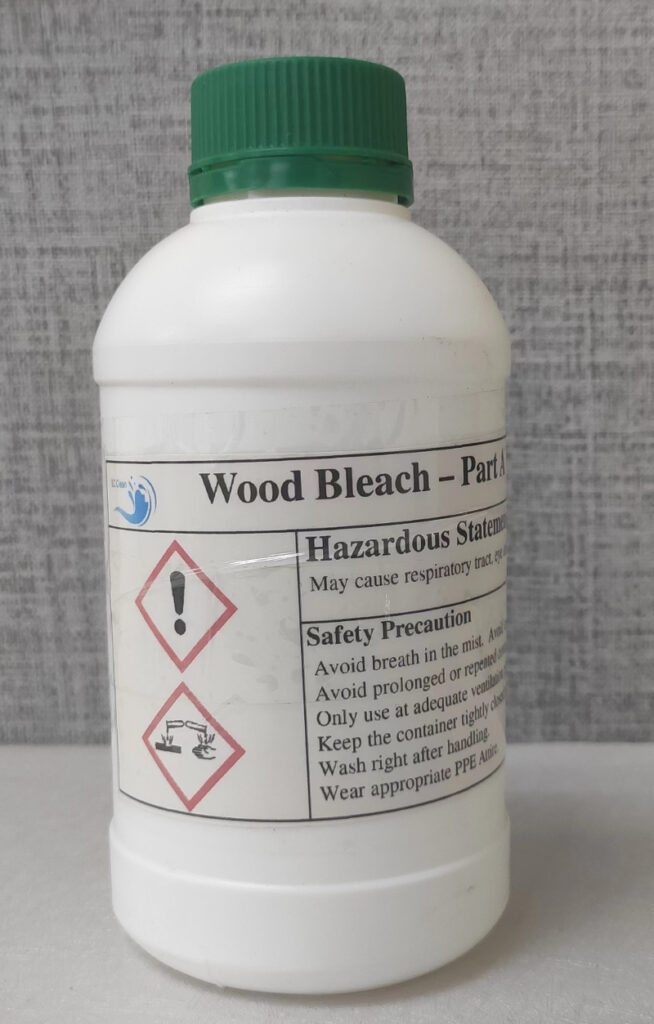-
How to Bleach an Aged Wood
- Posted onadmin
- in Cleaners & Detergent
- onFebruary 24, 2024
- No Comments.

Old furniture or aged wood can lose its luster over time, leaving it looking dull and lifeless. This is where wood bleaching comes in handy. Bleaching wood is a straightforward process when you have the right Wood Bleach solution, such as WB-20.
In Malaysia, where we are surrounded by rain forests, many household furniture items are made of wood. Over time, these wooden surfaces can become dull or faded. To restore their appearance and prolong their lifespan, it’s recommended to apply a wood paint or shellac. However, before starting anew, it’s crucial to strip the old surface with a wood bleach solution.

Restoring Wood Surfaces
There are various methods for restoring old furniture or rejuvenating faded wood surfaces, but bleaching the wood surface is always the first step. The wood bleaching process helps remove contaminants, stains, and watermarks, making subsequent processes easier and more effective.
The Wood Bleaching Process
- Clean the wood surface.
- Apply Wood Bleach (WB-20) Part A.
- Let the surface air dry.
- Apply Wood Bleach(WB-20) Part B.
- Let it air dry.
- Clean the wood surface with water or wipe 2 times with fabric.
By following these simple steps, the dull wood surface will regain its texture and rejuvenate to its original appearance. For an even better surface, it’s recommended to sand the bleached surface with fine sandpaper, such as grit 120 or finer, to remove any minor fibers standing up from the wood surface.
How to Bleach Wood

Bleaching a wood surface is similar to bleaching a shirt but more enjoyable! With the WB-20 Wood Bleach solution, the process becomes simple. With some basic hands-on skills, you can achieve great results. Follow the simple steps of the WB-20 solution, apply it to the wood surface, and see the results almost instantly.
In contrast, wood sanding can be more demanding and tiring. Sanding requires physical removal of a substantial amount of the surface using hand grinders and sandpaper, mainly aiming for dimensional changes without altering the wood’s color.
Difference Between Bleaching and Wood Sanding
While wood sanding focuses on physical dimension changes without altering the wood’s color, bleaching aims to treat the surface area of the wood. Bleaching strips the surface to make changes without affecting the wood’s physical properties.
To improve the aesthetic appearance of wood, bleaching is essential. With the WB-20 solution, bleaching a wood becomes easy and enjoyable.
Feel free to reach out to us if you’d like to learn more about wood bleaching. Perhaps we could also provide work-man-ship to refurbish the wood finishing on your behalf.
If you enjoyed this article please consider sharing it!
Buy at Our Lazada Store
Where Are We
- 31, Jalan Kancil 2, Tmn Industri Kancil,
- 36400 Hutan Melintang,
- Perak, Malaysia








